SAC considered invasive
gardengal48 (PNW Z8/9)
17 years ago
Related Stories

MOVINGHome-Buying Checklist: 20 Things to Consider Beyond the Inspection
Quality of life is just as important as construction quality. Learn what to look for at open houses to ensure comfort in your new home
Full Story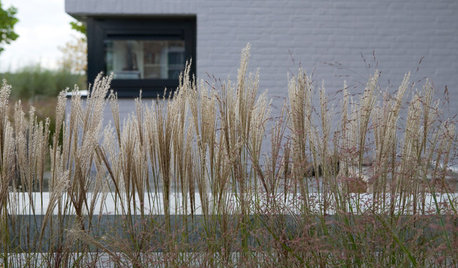
LANDSCAPE DESIGNConsider a Plant as Living Sculpture
If traditional garden art isn’t really your thing, plant living art instead
Full Story
GARDENING GUIDESGreat Design Plant: Bugle Weed, a Quick Ground Cover
It’s highly adaptable, suppresses weeds, reduces erosion and provide weeks of bright flowers. Just watch for invasiveness
Full Story
GARDENING GUIDES6 Plants That Beat Butterfly Bush for the Wildlife Draw
It's invasive, a nonnative and a poor insect magnet. Check out these better alternatives to butterfly bush in the garden
Full Story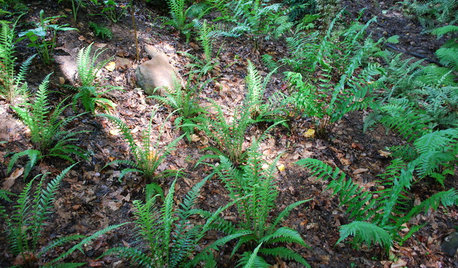
GARDENING GUIDESGreat Design Plant: Phegopteris Decursive-Pinnata
Consider Japanese beech fern for a spreading but noninvasive ground cover for shade
Full Story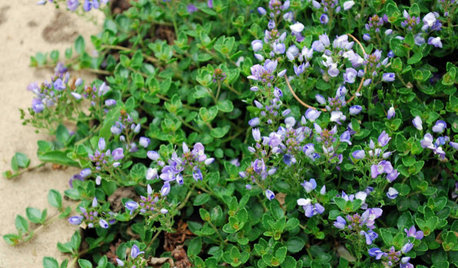
GARDENING GUIDESGreat Design Plant: Veronica
Consider adaptable Veronica, or speedwell, for its colorful blooms, butterfly-drawing power and low maintenance requirements
Full Story
DECORATING GUIDES12 Ways to Cool Your Home Without Air Conditioning
If your summer energy bill is leaving you hot under the collar, consider these savvy alternate strategies for cooling down
Full Story
TREES7 Deer-Resistant Flowering Trees to Plant this Fall
If you live in a neighborhood with roaming deer, consider these beautiful trees that won't tempt hungry guests
Full Story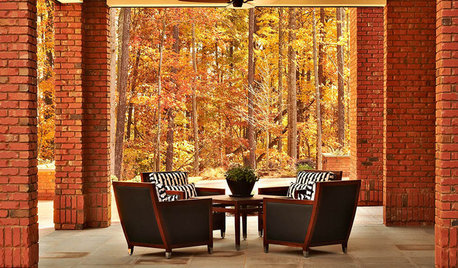
ARCHITECTUREGet a Perfectly Built Home the First Time Around
Yes, you can have a new build you’ll love right off the bat. Consider learning about yourself a bonus
Full Story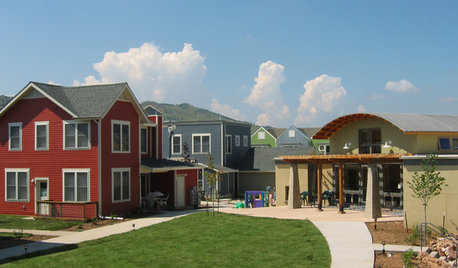
COMMUNITYTogetherness Take 2: Is a Cohousing Community for You?
Missing that sense of connection? Consider the new breed of neighborhood with a communal bent
Full StorySponsored
Columbus Design-Build, Kitchen & Bath Remodeling, Historic Renovations
More Discussions






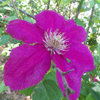
flowerfan2
gardengal48 (PNW Z8/9)Original Author
Related Professionals
Hyattsville Landscape Architects & Landscape Designers · Marina Landscape Architects & Landscape Designers · New Mexico Landscape Architects & Landscape Designers · Tomball Landscape Architects & Landscape Designers · Bethlehem Landscape Contractors · Fort Hunt Landscape Contractors · Fort Wayne Landscape Contractors · Indianapolis Landscape Contractors · La Vista Landscape Contractors · Lake Zurich Landscape Contractors · Mahwah Landscape Contractors · McLean Landscape Contractors · Middletown Landscape Contractors · Riverview Landscape Contractors · Winter Gardens Landscape Contractorsbuyorsell888
robiniaquest
rose_red
shirley1md
filix
gardengal48 (PNW Z8/9)Original Author
rjlinva
hunt4carl
hunt4carl
ofionnachta
kimpa zone 9b N. Florida.
rucy64_yahoo_com
sunleafmoon
Carrie B
Carrie B
gardengal48 (PNW Z8/9)Original Author
pump_toad
buyorsell888
organic_kitten
sunleafmoon
janetpetiole
gardengal48 (PNW Z8/9)Original Author
sunleafmoon
lpinkmountain
pump_toad
sunleafmoon
Carrie B
dorothy9_gw
bob414
gardengal48 (PNW Z8/9)Original Author
kentstar
beachgrub
sunleafmoon
cateyanne
opheliathornvt zone 5